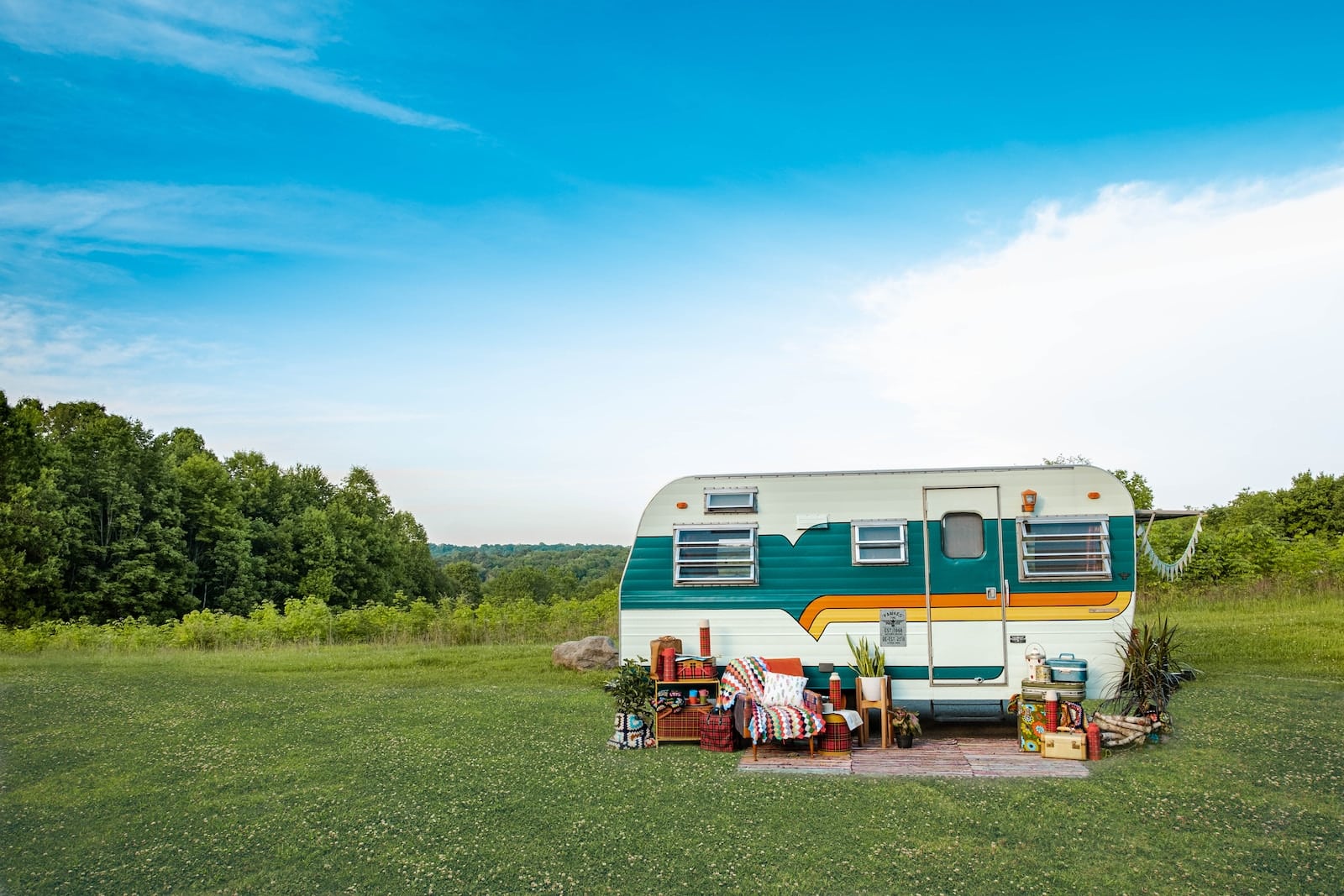
Traveling with a portable power station can make your journey more convenient and enjoyable, ensuring that all your electronic devices remain charged and operational. Whether you’re embarking on a road trip, setting out in an RV, or heading off the beaten path, a portable power station is an essential travel companion. In this in-depth guide, we’ll cover everything you need to know about traveling with your portable power station, with a focus on car and RV travel, as well as trips to more remote locations.
Begin by fully charging your power station. It’s recommended to do this a day in advance to ensure it’s ready to go. This also gives you time to address any issues that may arise during charging.
If your power station has been idle, check its battery health. Most modern power stations have a battery management system (BMS) that provides information on battery status. Ensure there are no error messages and the battery is holding a charge as expected.
Manufacturers may release firmware updates that improve performance or add new features. Before you leave, check if there’s an update available for your device and install it.
Calculate the total wattage of the devices you plan to charge. This will help you understand how much power you’ll need and how often you’ll need to recharge your power station. Keep in mind that higher-wattage devices will drain the battery faster.
Pack your power station securely to prevent it from moving around while you’re in transit. Use non-slip mats or straps to keep it in place, especially if you’ll be driving on rough terrain.
Extreme temperatures can affect battery performance. Keep your power station away from direct sunlight and never leave it in a hot or cold vehicle for extended periods. If you’re traveling in an RV, store it in a temperature-controlled area.
Keep your power station dry and free from dust. Use a protective cover if necessary, especially if you’re traveling in an environment where it could be exposed to the elements.
Pack your power station where it’s easily accessible in case you need to use it while on the road. This is particularly important for emergency situations or if you’re relying on it for navigation or communication.
When traveling by car or RV:
If you’re flying:
When carrying your power station by hand or on public transport:
Use your power station to charge devices like smartphones, tablets, cameras, and laptops while you’re on the move. Make sure to turn off any devices that you’re not using to conserve energy.
If you’re using your power station while driving:
Many power stations can be paired with solar panels:
Conserve power by:
Always follow safety guidelines:
Inspect your power station regularly for any signs of damage or wear, especially before and after challenging driving conditions.
Keep your power station clean by wiping it down with a dry cloth to remove dust anddebris. Avoid using harsh chemicals or water which can damage the unit.
If applicable, keep your power station’s software up to date for optimal performance and new features.
To maintain the health of the battery, try to keep it between 20% and 80% charge. Fully depleting the battery regularly can shorten its lifespan.
Choose a location in your vehicle that is flat and doesn’t obstruct any airbags or passenger movement. The trunk or under a seat (if there’s enough space) can be good options.
Avoid placing your power station in areas that can become very hot, such as directly under the windshield, to prevent overheating.
If you’re traveling on bumpy roads, consider placing padding around the power station to protect it from shocks and vibrations.
When leaving your vehicle, cover the power station to keep it out of sight, reducing the risk of theft.
When camping, your power station can be used to light your campsite, charge devices, or even power small appliances.
For longer hikes, consider smaller, lightweight power banks that can be carried easily in a backpack.
For activities near water, make sure your power station is stored securely and is protected from moisture. Use waterproof cases if necessary.
If your power station won’t charge, check all connections, ensure the charger is functioning, and verify that there is no damage to the power station.
Make sure that the power station’s output matches or exceeds the power requirements of the device you’re trying to charge. Some devices need more power than others.
If your power station overheats, turn it off and let it cool down. Make sure it’s well-ventilated and not exposed to high temperatures for extended periods.
Whenever possible, opt for renewable energy sources like solar panels to recharge your power station.
Be aware of local regulations regarding battery disposal and recycling. Never leave your power station behind or dispose of it irresponsibly.
If your power station includes a generator or fans, be mindful of the noise in quiet areas or campgrounds.
Traveling with a portable power station can greatly enhance your travel experience, offering the convenience of power wherever you go. By understanding your power needs, preparing your power station correctly, packing and transporting it safely, and using it responsibly, you can ensure a smooth and enjoyable trip.
The key is planning: know your itinerary, understand the capabilities and limitations of your power station, and manage your power usage wisely. With these tips in hand, you can embark on your travels with confidence, knowing you’re well-prepared to keep all your essential devices charged and ready for use. Whether you’re an avid camper, road tripper, or just someone who likes to be prepared, a portable power station is an invaluable travel companion.
